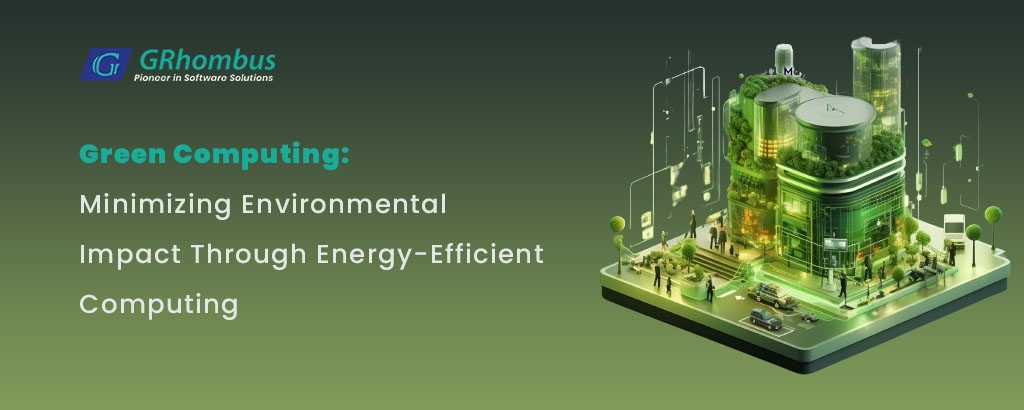Green computing, or green IT, has emerged as a crucial initiative in our increasingly digital world, aimed at minimizing the environmental impact of computing technologies. This concept encompasses a broad range of practices, including the design, manufacturing, use, and disposal of computers, servers, and associated subsystems like monitors, printers, storage devices, and networking and communications systems efficiently and effectively with minimal or no impact on the environment. This blog post explores the essence of green computing, its significance, strategies for achieving energy-efficient computing, and the benefits it offers not only to the environment but also to organizations and individuals.
The Significance of Green Computing
The exponential growth in the use of computing technologies has led to a significant increase in energy consumption, contributing to environmental issues such as increased carbon footprint, global warming, and e-waste. Green computing aims to address these concerns by promoting the responsible use and disposal of electronic devices and developing energy-efficient algorithms, hardware, and infrastructure. The goal is not only to reduce energy consumption and greenhouse gas emissions but also to achieve a sustainable, environmentally friendly approach to computing.
Strategies for Green Computing
Implementing green computing practices involves a multi-faceted approach that spans the lifecycle of IT systems and products. Here are key strategies to achieve energy-efficient computing:
- Eco-Friendly Design and Manufacturing: Designing and manufacturing energy-efficient computers and peripherals, utilizing recyclable materials, and adhering to environmentally friendly manufacturing processes.
- Power Management: Implementing advanced power management features in devices to reduce energy consumption. This includes setting computers to automatically enter low-power states when not in use.
- Server Virtualization: Consolidating servers through virtualization reduces the number of physical servers, leading to significant energy savings and reduced space requirements in data centers.
- Cloud Computing: Leveraging cloud computing can lead to more efficient use of computing resources, reducing the need for individual organizations to operate their own high-powered servers.
- Green Data Centers: Designing data centers to be more energy-efficient through cooling techniques, energy-efficient hardware, and renewable energy sources.
- E-Waste Management: Promoting the recycling and proper disposal of electronic waste to prevent harmful substances from damaging the environment.
- Green Software Development: Creating software that is efficient in terms of CPU usage and does not require excessive computational power.
Benefits of Green Computing
- Environmental Impact: The most obvious benefit is the reduction in environmental impact, contributing to the fight against climate change by lowering CO2 emissions and reducing the use of hazardous materials.
- Cost Savings: Energy-efficient practices lead to significant cost savings for organizations and individuals through reduced energy bills and lower cooling requirements.
- Enhanced Corporate Image: Companies adopting green computing practices can enhance their corporate image, demonstrating their commitment to environmental sustainability.
- Compliance and Incentives: Many governments offer incentives for green IT practices, and staying ahead of regulatory requirements can be beneficial for organizations.
Embracing Green Computing: Next Steps
- Conduct an Energy Audit: Assess your current technology usage and identify areas where energy efficiency can be improved.
- Implement Energy-Efficient Policies: Develop and enforce policies for energy-efficient procurement, usage, and disposal of IT equipment.
- Educate and Train Employees: Raise awareness about green computing practices among employees and encourage their participation.
- Leverage Technology: Use technology solutions like cloud services and virtualization to optimize resource use.
- Monitor and Improve: Continuously monitor energy usage and seek ways to improve efficiency and reduce the environmental footprint.
Conclusion
Green computing represents a forward-thinking approach to minimizing the environmental impact of our digital activities. By adopting energy-efficient computing practices, we can contribute to a more sustainable planet while also reaping financial and reputational benefits. The journey toward green computing requires concerted effort from individuals, organizations, and governments worldwide. As technology continues to evolve, so too will the strategies for implementing green computing, promising a future where technology and environmental sustainability go hand in hand.



